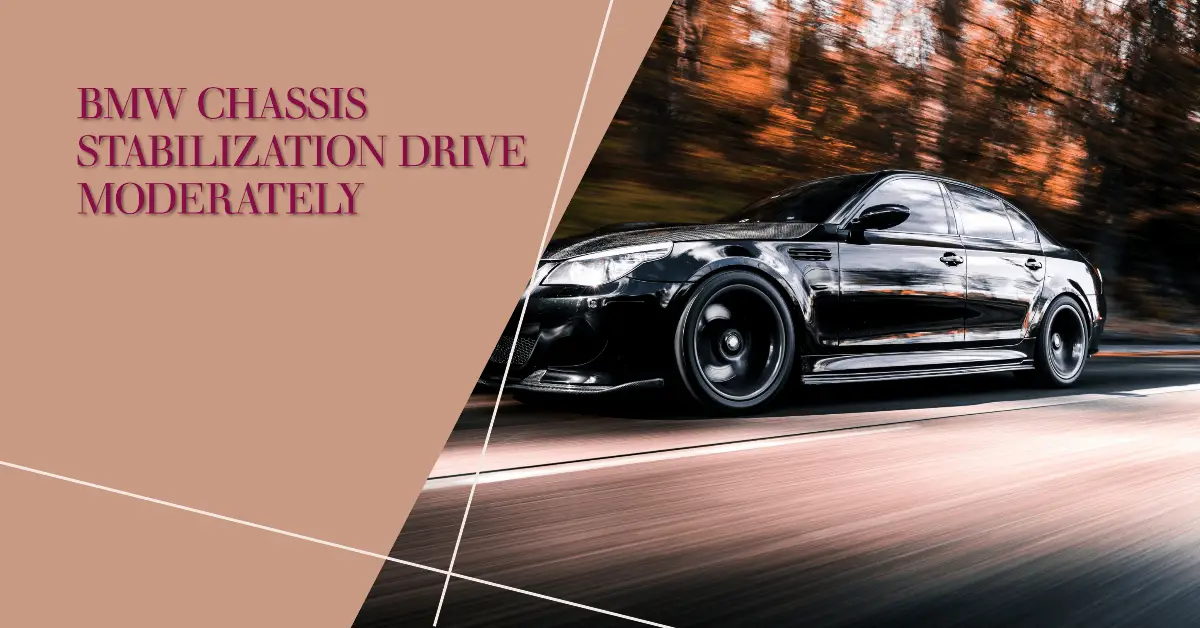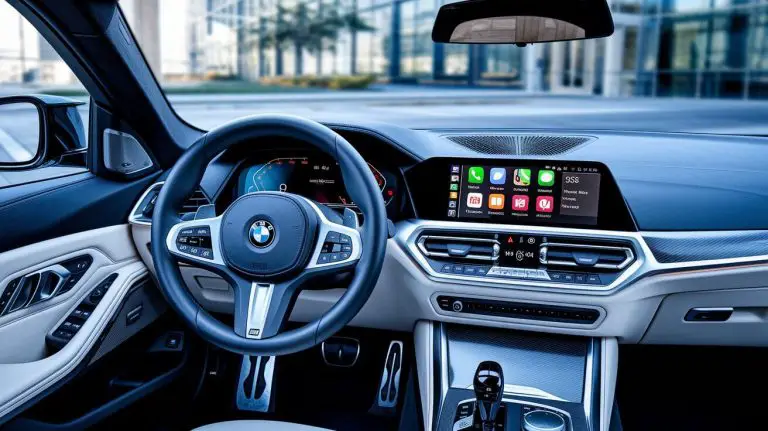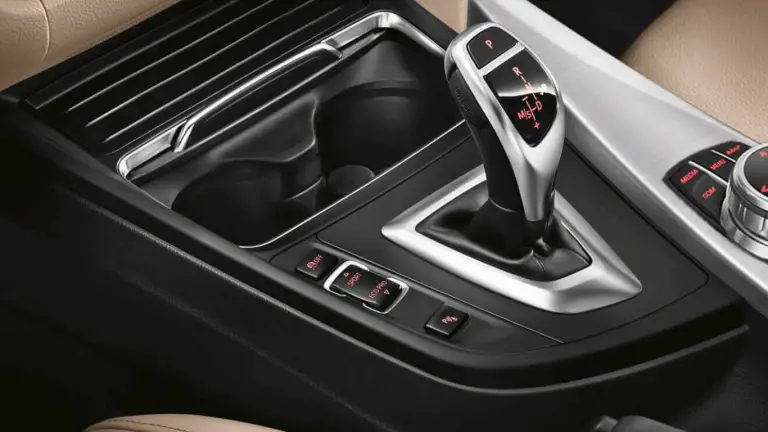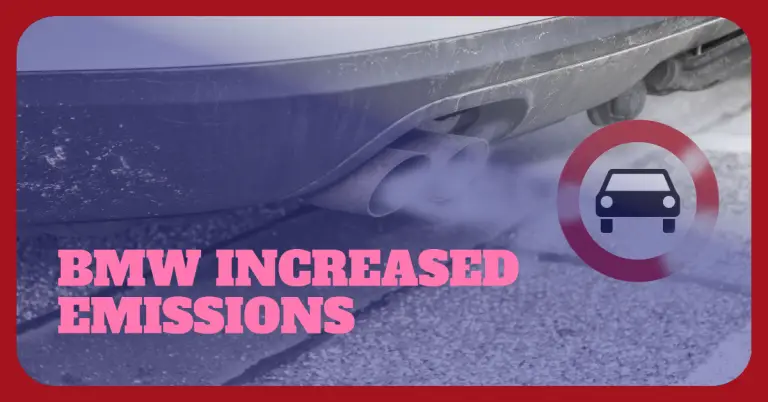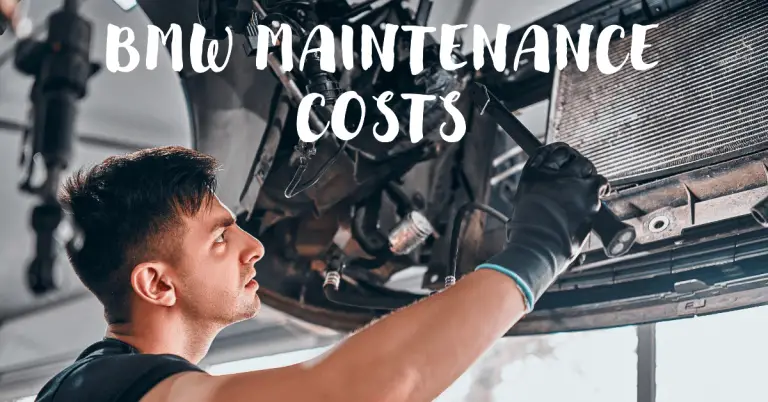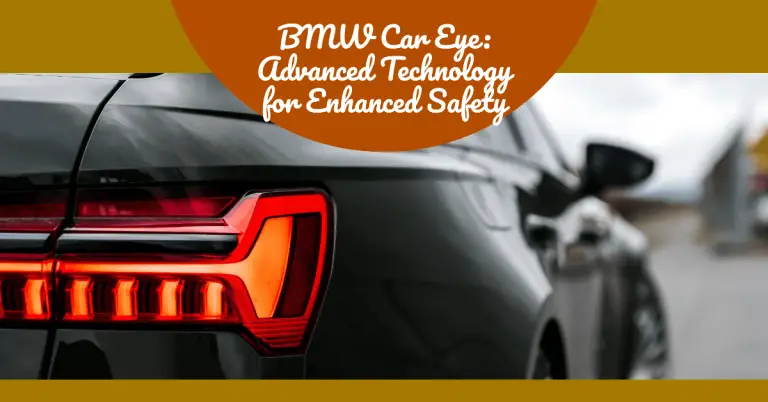The Key to a Smooth Ride: An Inside Look at BMW Chassis Stabilization
BMW is renowned worldwide for engineering the “Ultimate Driving Machine.” Key to realizing this vision is developing sophisticated chassis and suspension systems that give BMWs their trademark agile handling and refined ride quality.
A critical component that brings this all together is BMW chassis stabilization technology. This refers to advanced systems that monitor the chassis in real-time and make adjustments to optimize handling, cornering stability, and overall ride comfort.
So how does chassis stabilization create such an impressive driving experience in BMW vehicles? In this in-depth guide, we’ll explore the key technologies behind BMW’s chassis wizardry and how they enable that perfect balance of performance, control, and luxury ride feel.
How BMW Chassis Stabilization Delivers a Smoother, More Stable Ride
Chassis stabilization may sound complex, but the core goal is straightforward: to counteract forces and motions that can throw a vehicle off balance or reduce stability.
This includes:
- Body roll – The lateral tilting motion that occurs when cornering as weight transfers to the outside wheels. Too much body roll causes instability.
- Pitching – When the front and rear of the car “pitch” up and down over bumps and dips. This disrupts stability.
- Squatting – When acceleration forces cause the rear suspension to compress. Creates instability.
- Nose-diving – Front “dives” downward during braking. Alters balance.
BMW chassis stabilization systems use advanced electronics and mechanics to counteract these forces. Sensors monitor vehicle motions in real-time and make automatic adjustments to improve poise and grip.
For instance, anti-roll bars and active sway bars work to reduce body roll. Adaptive suspension instantly firms up to prevent diving or squatting. This helps keep the tires planted and vehicle balanced through corners – especially at higher speeds.
The result is a sedan, SUV, or crossover with cat-quick reflexes that stays remarkably composed over rough pavement.
In short, chassis stabilization gives BMWs their incredible agility without sacrificing ride quality. Even large luxury SUVs like the X5 handle with precision thanks to systems continually optimizing stability.
Now let’s explore the main technologies that make this possible…
Active Roll Stabilization – Flatter Cornering and Improved Handling
One of the most important chassis stabilization systems is BMW’s Active Roll Stabilization. As its name suggests, this tech dramatically reduces body roll during cornering and swift maneuvers.
It achieves this in two main ways:
1. Electronically controlled anti-roll bars
Conventional anti-roll bars use stiff metal rods connected between the front and rear axles. They resist body roll motions through their structural stiffness.
However, BMW adds compact rotating actuators that actively twist the anti-roll bars. Via electronic control, they generate forces to counteract body roll.
Sensors feed the ECU with data on lateral acceleration, steering angle, and wheel speeds. When cornering forces are detected, the actuators twist the bars to keep the body flatter.
This prevents weight transfer and loss of traction at the loaded outer tires while cornering. The car maintains a more balanced, stable stance through turns.
2. Active fluid-filled tanks
Some BMW performance models also use active tanks filled with special fluid. These are linked to anti-roll bars at each corner.
During cornering, the outside tanks pressurize to counteract roll motion. This further enhances the system’s effectiveness for minimal body lean.
With Active Roll Stabilization, BMWs corner with much flatter poise. The tires maintain optimal grip, allowing later braking and quicker acceleration out of corners. Steering also feels more responsive.
Altogether, it gives BMWs their incredible agility that defies the laws of physics!
Adaptive Variable Suspension – Total Control Over the Ride
Another key component is BMW’s Adaptive Variable Suspension. This allows drivers to customize the ride feel by electronically adjusting shock absorbers in real time.
It incorporates:
Electronically controlled dampers
Each shock absorber contains an electronic valve to vary the dampening force. The ECU monitors road conditions and driving style, then continually adjusts each damper for optimal ride and handling.
For example, dampers firm up to reduce dive and squat during acceleration or braking. Or they soften to better absorb impacts from bumps and potholes.
Drivers can also select between sport, comfort, and eco modes that recalibrate the shocks for a customized experience.
Dynamic Damping Control
Using a more advanced version called Dynamic Damping Control, the suspension can be adjusted every 1-3 milliseconds. This means bumps and vibrations are instantly counteracted for ultra-smooth motoring.
By combining sporty precision with luxury ride comfort, adaptive suspension fulfills BMW’s focus on balanced performance.
Active suspension with dynamic roll bars
On high-performance variants like the M5, BMW combines adaptive dampers with active anti-roll bars for the ultimate in responsiveness and grip.
This is one of the most sophisticated chassis stabilization systems ever produced for unparalleled agility.
Dynamic Stability Control – Key Safety Feature to Avoid Spinouts
Dynamic Stability Control (DSC) is another vital piece of BMW’s chassis technology and overall vehicle safety.
Here’s how it works to prevent dangerous loss of traction:
Sensors monitor for over/understeer
DSC uses a variety of sensors to detect whether the front or rear tires are losing grip. This causes understeer or oversteer that can lead to a spin.
Factors measured include lateral g forces, wheel speeds, steering angle, yaw velocity, and throttle/brake pressure. The system can detect slippage and loss of control even before the driver realizes it.
Strategic brake application
When sensors indicate sliding, DSC precisely applies the brakes to individual wheels to restore traction and control.
For instance, understeer triggers front braking to pull the vehicle line. Rear braking counters oversteer by allowing the front to regain grip.
Engine power reduction
The engine control unit works with DSC to temporarily cut power when wheel slippage is detected. This helps slow the vehicle and improve stability.
Altogether, strategic wheel braking and power reduction allows DSC to seamlessly regain control and avoid a possible accident.
DSC is complemented by ABS and traction control to cover all scenarios. This comprehensive safety net makes BMW chassis stabilization even more impressive.
Rear-Wheel Steering Sharpens Turn-In and High-Speed Stability
Rear-wheel steering takes BMW’s signature agility to another level. By turning the rear wheels counter or parallel to the front wheels, it enhances both low speed maneuverability and high-speed stability.
At lower speeds
Below around 50 mph, the system steers the rear wheels opposite the front wheels.
For example, turning left turns rear wheels slightly right. This tightens the turning radius for incredible responsiveness and tighter parking maneuvers.
At higher speeds
Above 50 mph, rear wheels turn parallel with the fronts. This reinforces stability, especially during lane changes.
The added high-speed agility inspires confidence without compromising handling balance and precision.
Together with active anti-roll bars and adaptive suspension, BMW rear-wheel steering completes the handling trinity. Drivers are treated to responsiveness across all speeds that few competitors can match.
Integrated Chassis Management – Central Computer Oversees all Systems
The brains behind BMW’s incredibly advanced chassis operation is the Integrated Chassis Management system (ICM).
This central ECU oversees all the stabilization systems to coordinate their actions:
- Continually monitors data from sensors
- Processes information faster than any human can
- Orchestrates seamless adjustments to all systems
- Self-learns and optimizes responses over time
For example, ICM coordinates the Anti-Roll system, adaptive suspension, and rear-wheel steering to work together. This delivers lightning-quick reflexes, flatter cornering, and more traction for incredible agility.
By integrating all technologies, ICM achieves balanced responses that maximize performance and stability. This is the pinnacle of BMW chassis engineering.
How BMW Chassis Stabilization Improves Overall Ride Comfort
Beyond dynamic handling perks, BMW’s cutting-edge chassis tech also enhances general ride comfort – especially over rough roads.
Advanced bump absorption
Using inputs from wheel and body motion sensors, the electronically adjustable shocks instinctively adapt to smooth out imperfections.
The suspension effectively isolates passengers from vibrations, choppiness, and noise over uneven pavement. BMW comfort modes further optimize dampening for a magic carpet ride.
Reduces chassis shudder and shake
A rigid chassis is also key for ride refinement. BMW uses extra welding, structural adhesives, and strategic bracing to make the chassis ultra-stiff.
This reduces unpleasant shuddering sensations over bumpy roads that plague less rigid vehicles. It also prevents rattling from components coming loose.
Lessens the impact of potholes and obstacles
BMW’s sophisticated air springs help prevent jarring impacts from potholes, speed bumps, and debris. Air springs use struts with computer-controlled air bladders that act like shock absorbers.
When crossing an obstacle, the suspension instantly firms up then softens to gently absorb the force rather than transmitting it to passengers. This cushions the blow.
All-weather stability
Finally, features like Dynamic Stability Control and xDrive AWD enhance composure in rain, snow, and less-than-ideal road conditions. Vehicle motions stay smooth and predictable year-round.
Altogether, the result is supreme isolation from road harshness. Combined with precise handling, BMW chassis technology demonstrates what balanced performance is all about.
BMW Active Steering – Improving High-Speed Stability and Low-Speed Maneuverability
In addition to traditional steering systems, some BMW models are equipped with an advanced technology called Active Steering. This electronically controlled system has the ability to adjust the steering ratio and effort based on vehicle speed and conditions. The goals are to improve high-speed stability as well as low-speed maneuverability.
Here’s a closer look at how it works:
Variable steering ratio
At low speeds, Active Steering uses a quicker ratio, meaning you only have to turn the wheel slightly for sharp turns. This enhances maneuverability through tight spaces and parking lots.
At high speeds, the ratio becomes less direct. Smaller steering inputs have less effect, resulting in smooth stable reactions for changing lanes and cornering.
Speed-sensitive power steering
The computer-controlled system also varies power steering assist levels based on speed. At low speeds, more assist makes steering very easy to turn the wheel during parking.
At higher speeds, the extra assist disengages. This gives a more connected road feel and precise control.
Rear-wheel steering integration
On certain models, Active Steering networks with rear-wheel steering. At high speeds, the front and rear wheels turn slightly in the same direction for additional responsiveness and stability.
Altogether, Active Steering demonstrates how BMW utilizes advanced electronics to optimize driving dynamics across all speeds and scenarios.
The Future of BMW Chassis Technology
BMW is never content to rest on their suspension engineering laurels. They continually refine their chassis systems and pioneer innovative new technologies.
In the future, expect to see:
- Increased electrification such as electric anti-roll bars and active suspension motors to enable even faster responses. This will sharpen dynamics further.
- More advanced self-learning systems like machine learning algorithms that can automate and optimize suspension settings for personalized handling.
- Greater chassis integration with powertrain and braking systems for a more holistic driving experience tailored to the driver.
- Electrified solid-state batteries and motors will allow lower vehicle ride heights for better aerodynamics and center of gravity. This will also improve future electric BMWs.
- Increased automation where BMW chassis systems largely handle vehicle motions automatically. This will open the door for autonomous driving technologies.
While the core benefits of stability, sharp reflexes, and smoothness will remain, chassis tech will play an even more crucial role. This will further cement BMW’s identity as the leader in driving dynamics.
Takeaways on the Key Role of BMW Chassis Stabilization
- Sophisticated BMW chassis systems continually adjust the suspension to counter forces that throw off stability and balance. This improves poise, grip, and control.
- Technologies like active anti-roll bars, adaptive shocks, and rear-wheel steering work together to minimize body roll, dive, and squat.
- Central computers seamlessly coordinate all the systems to optimize handling, cornering traction, and ride comfort in real time.
- Signature BMW driving dynamics of agility and stability with refined ride quality all stem from advanced chassis stabilization engineering.
If you appreciate sharp reflexes, minimal body roll in corners, and road-hugging composure, you have BMW’s chassis wizards to thank. Their mastery of stabilization provides an intoxicating balance between performance and comfort.
It’s what defines the magic of “the Ultimate Driving Machine.” Test drive a BMW to experience their chassis engineering greatness firsthand. You may find it’s a key factor when choosing your next luxury vehicle.

